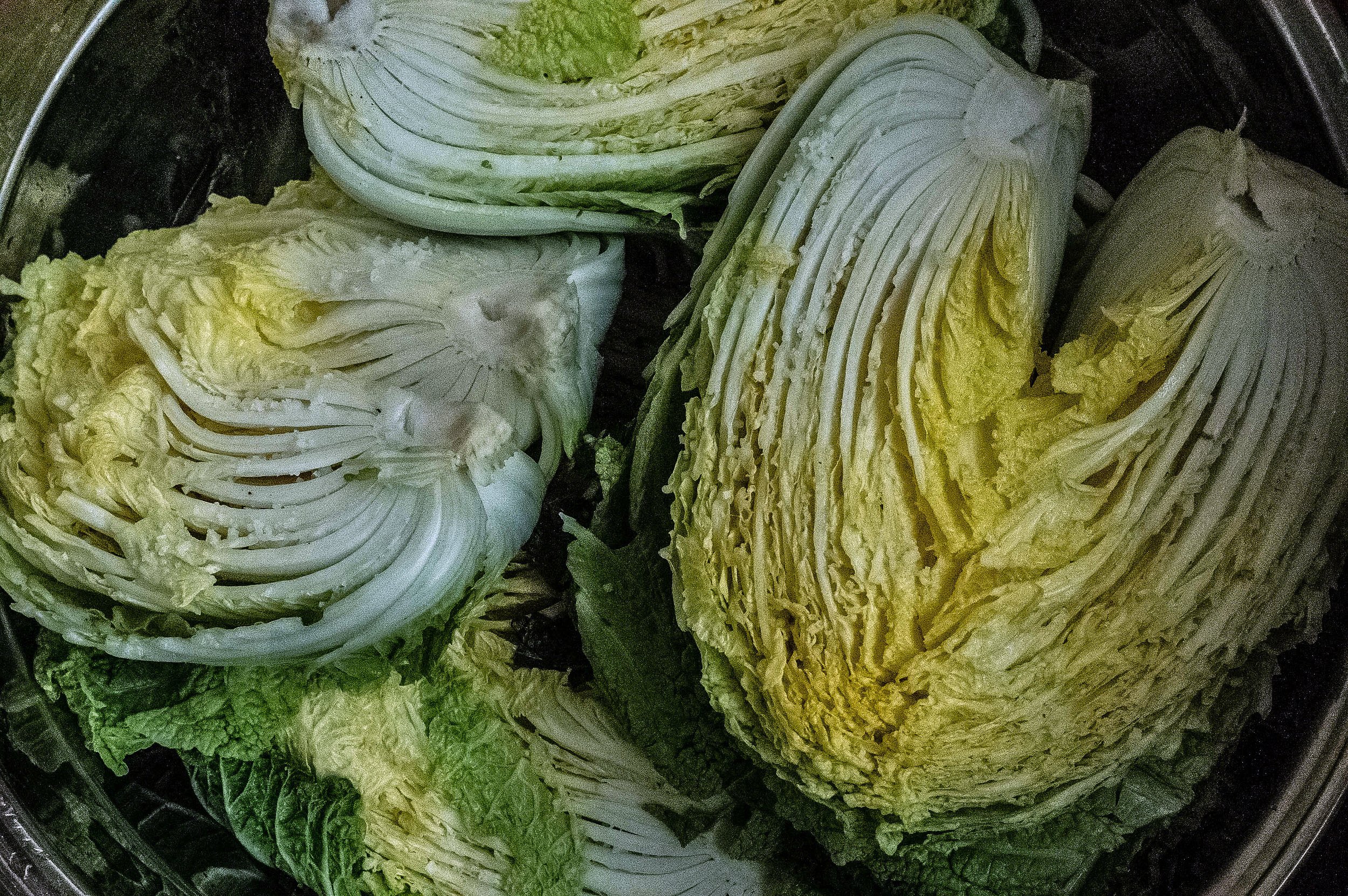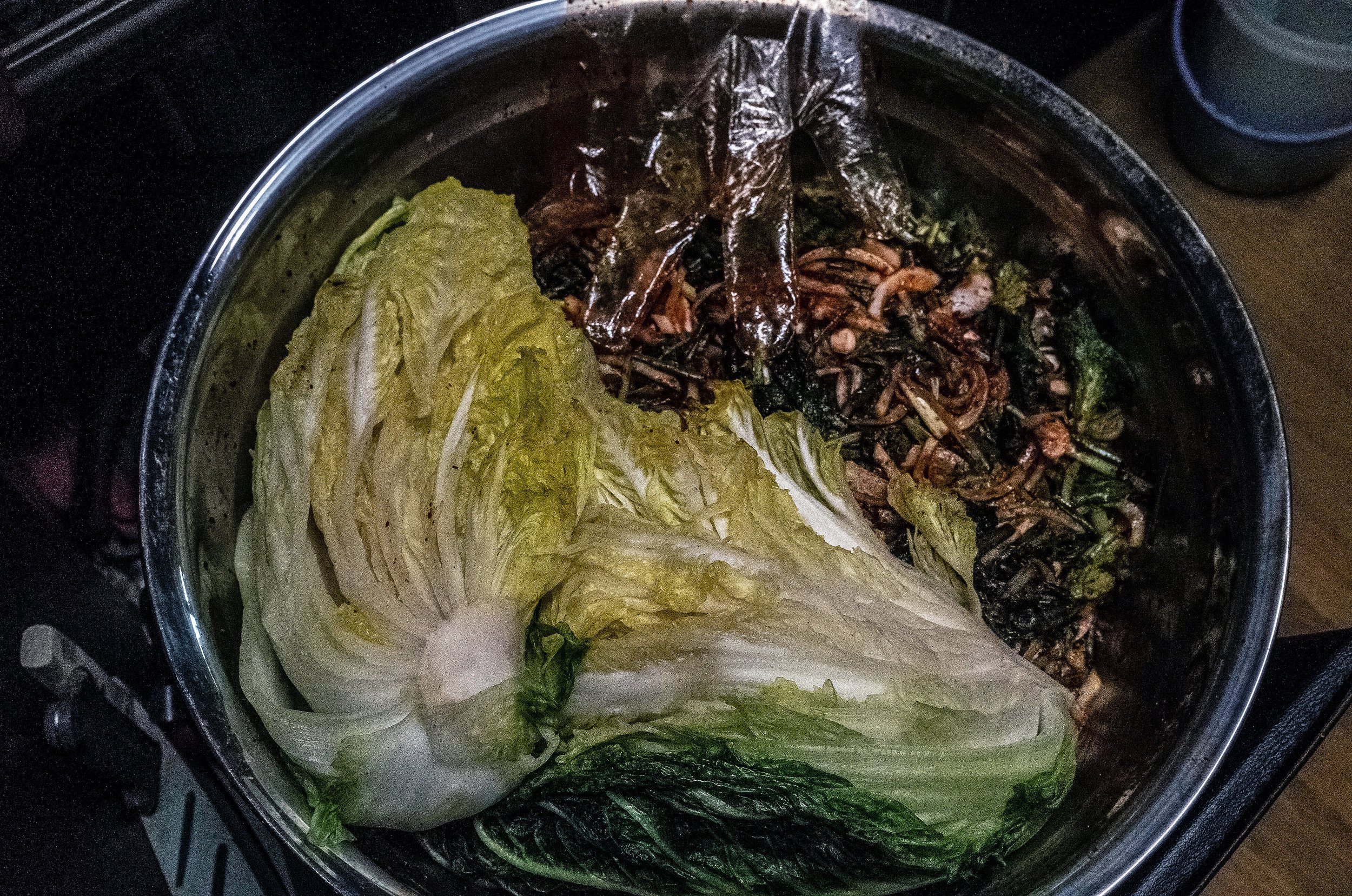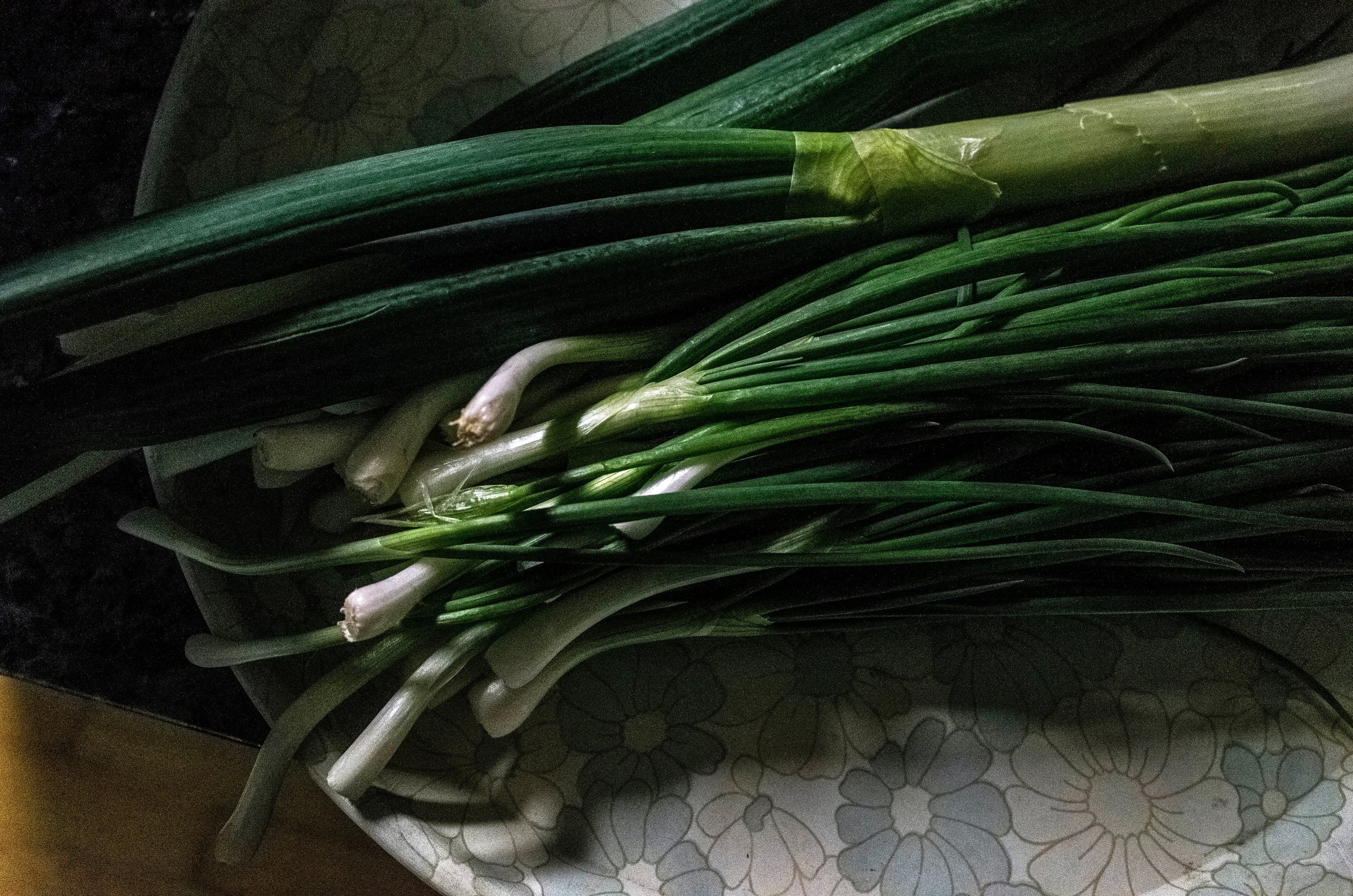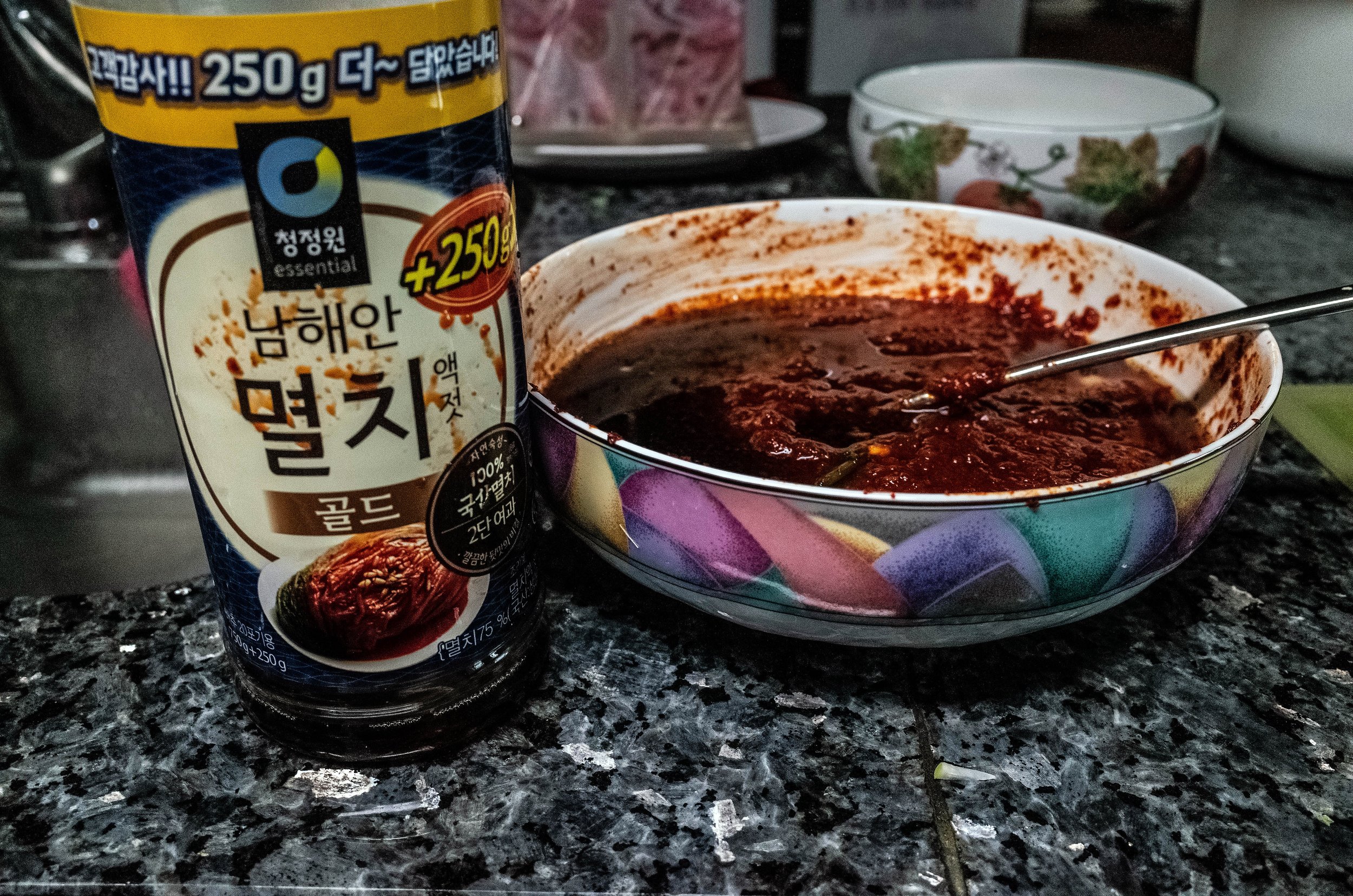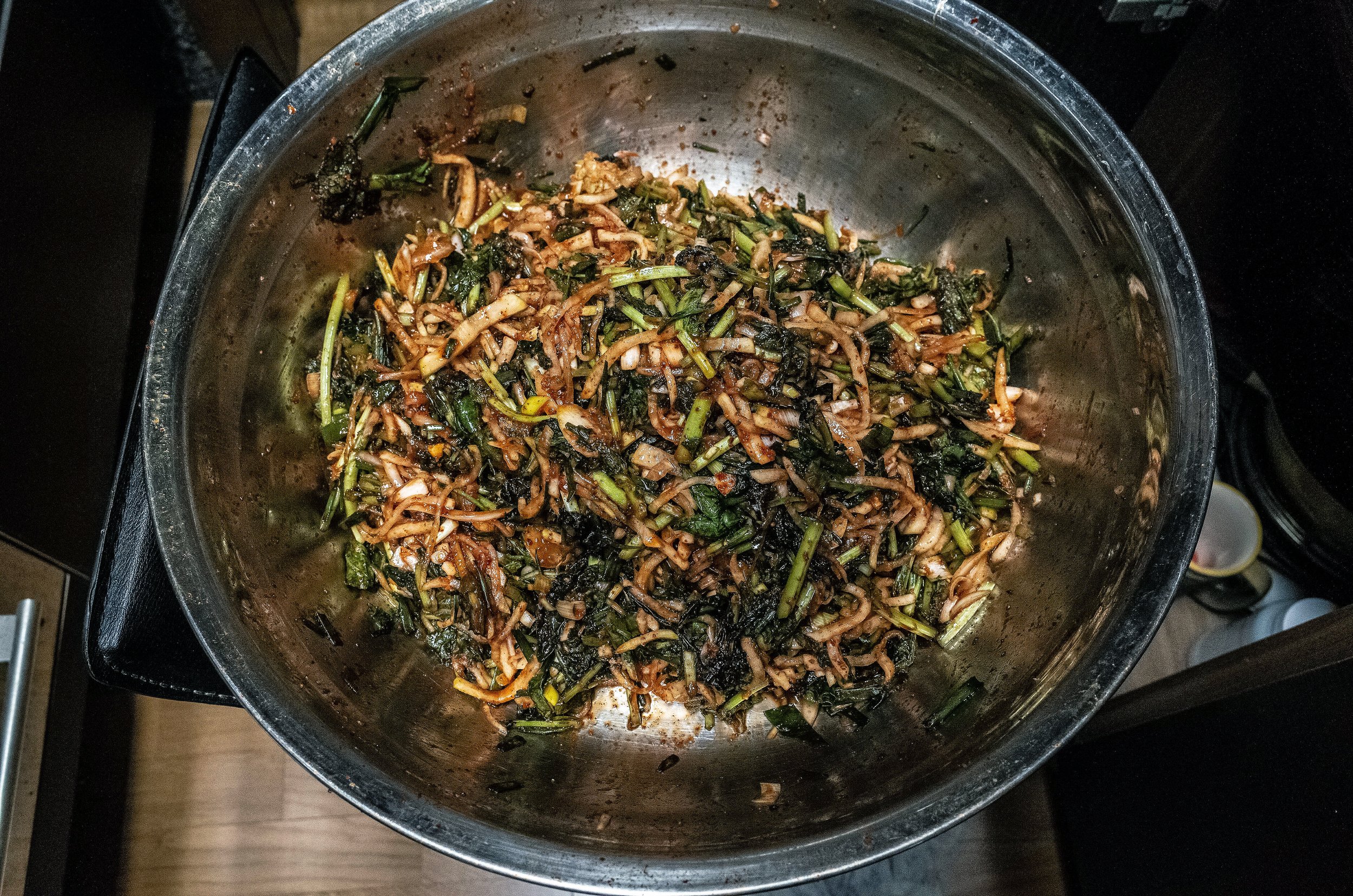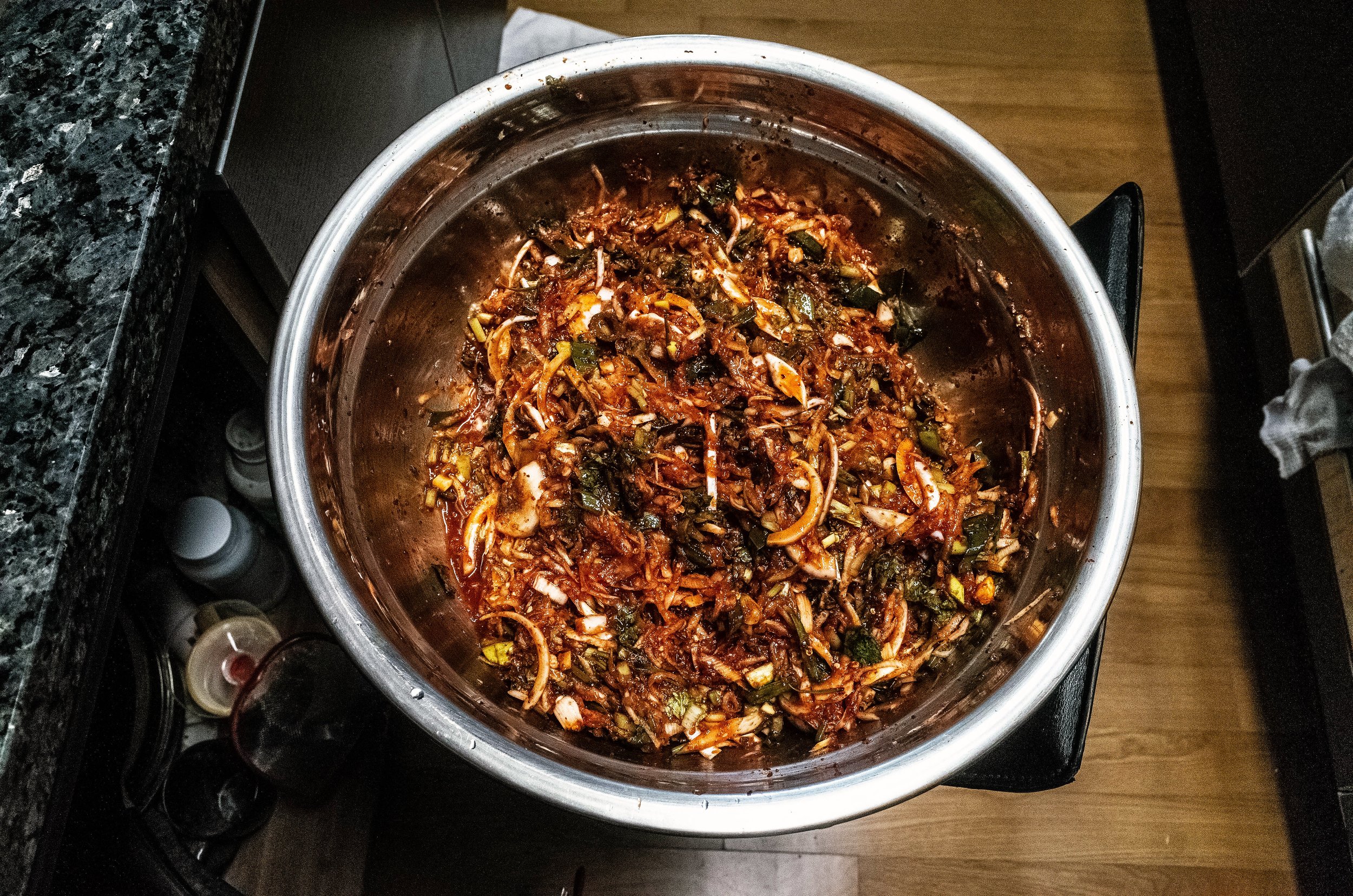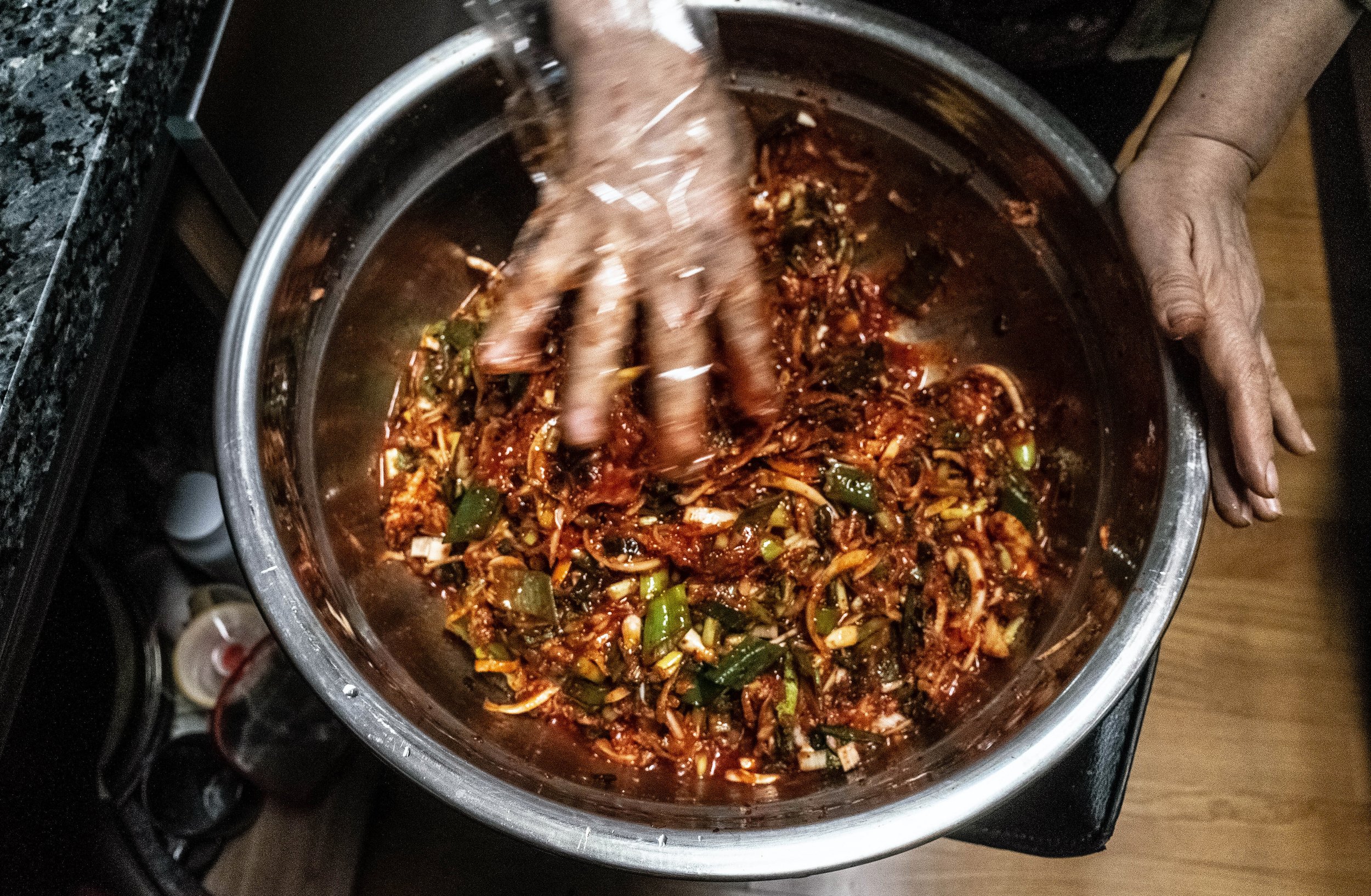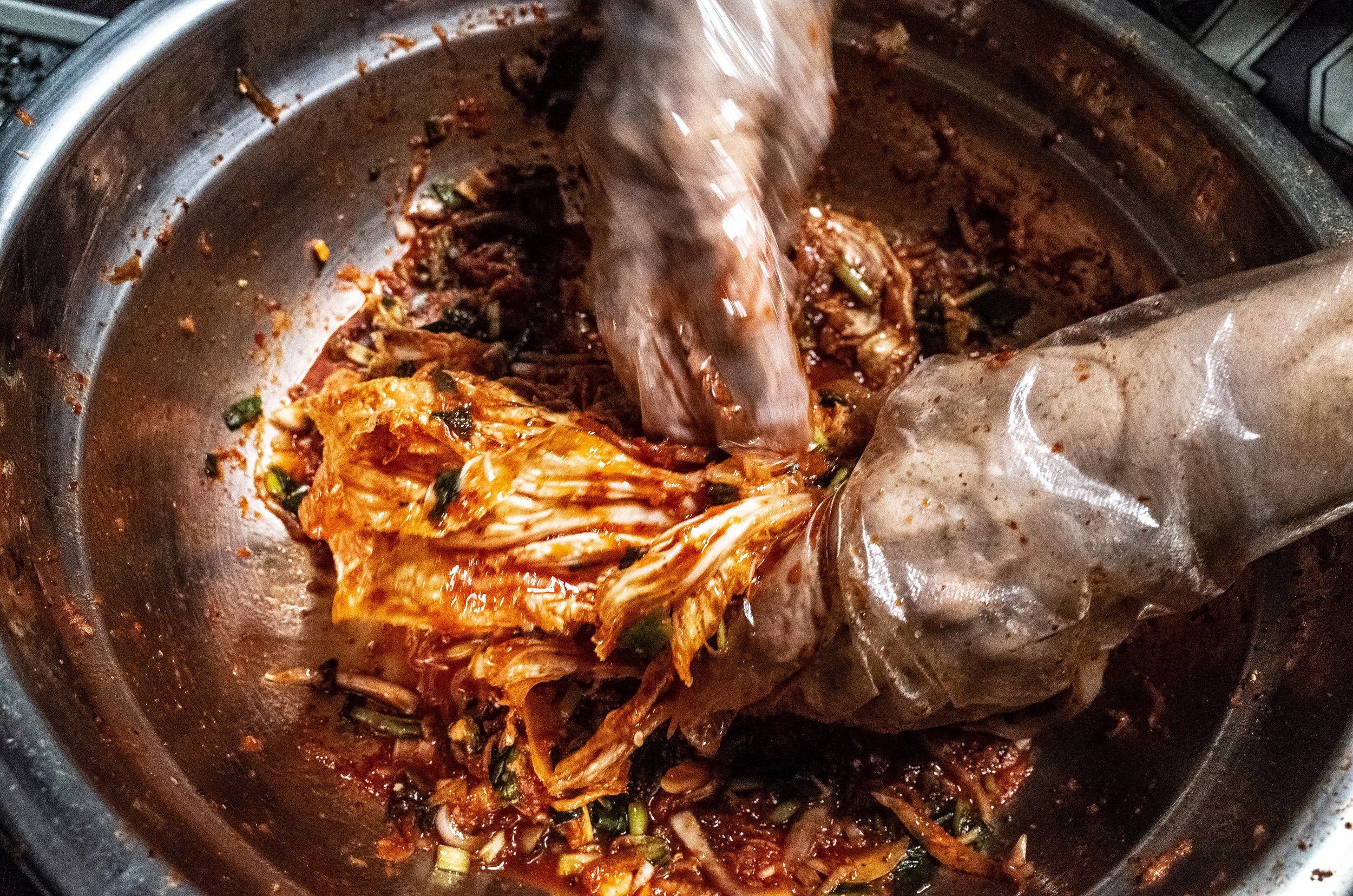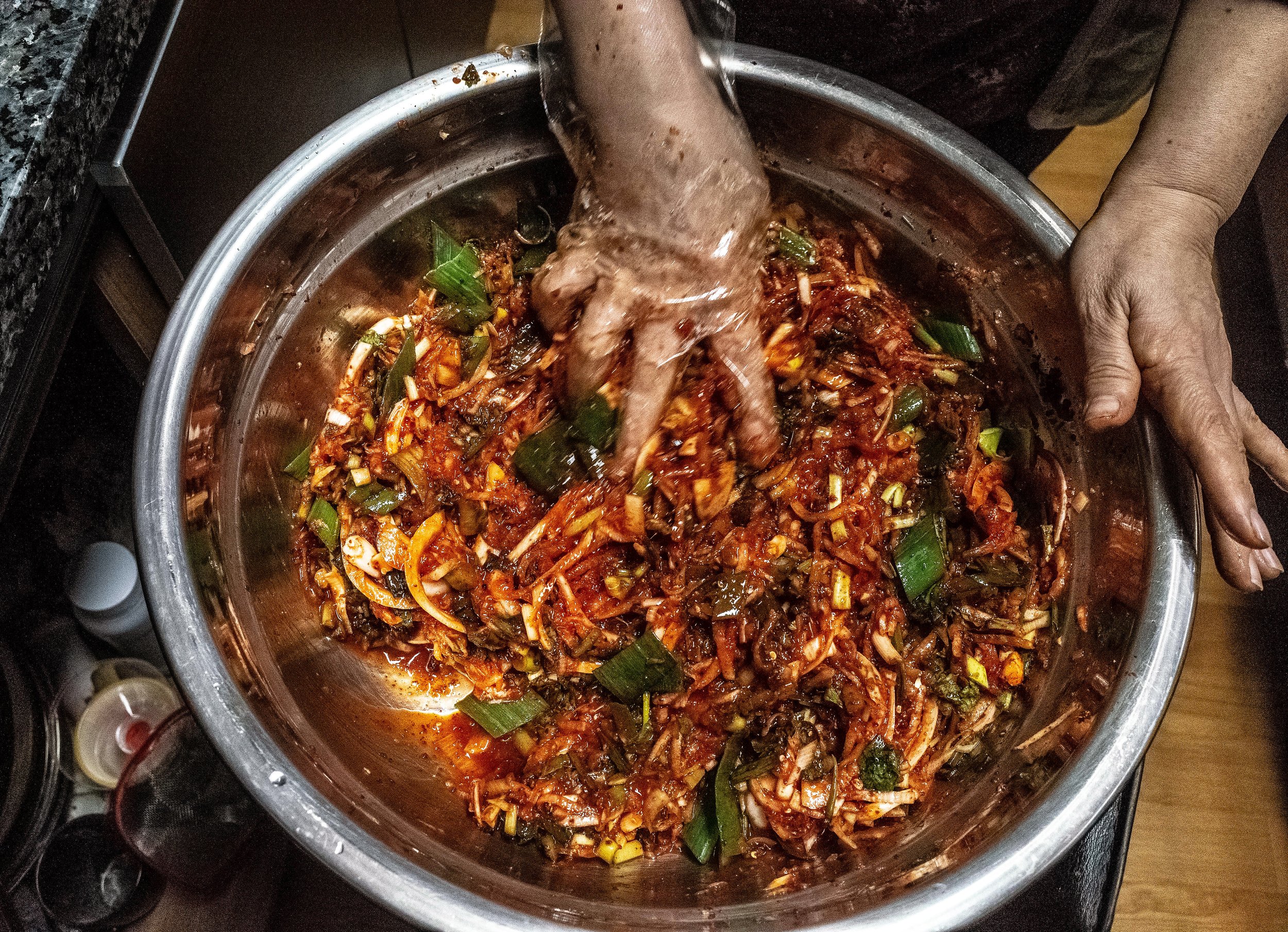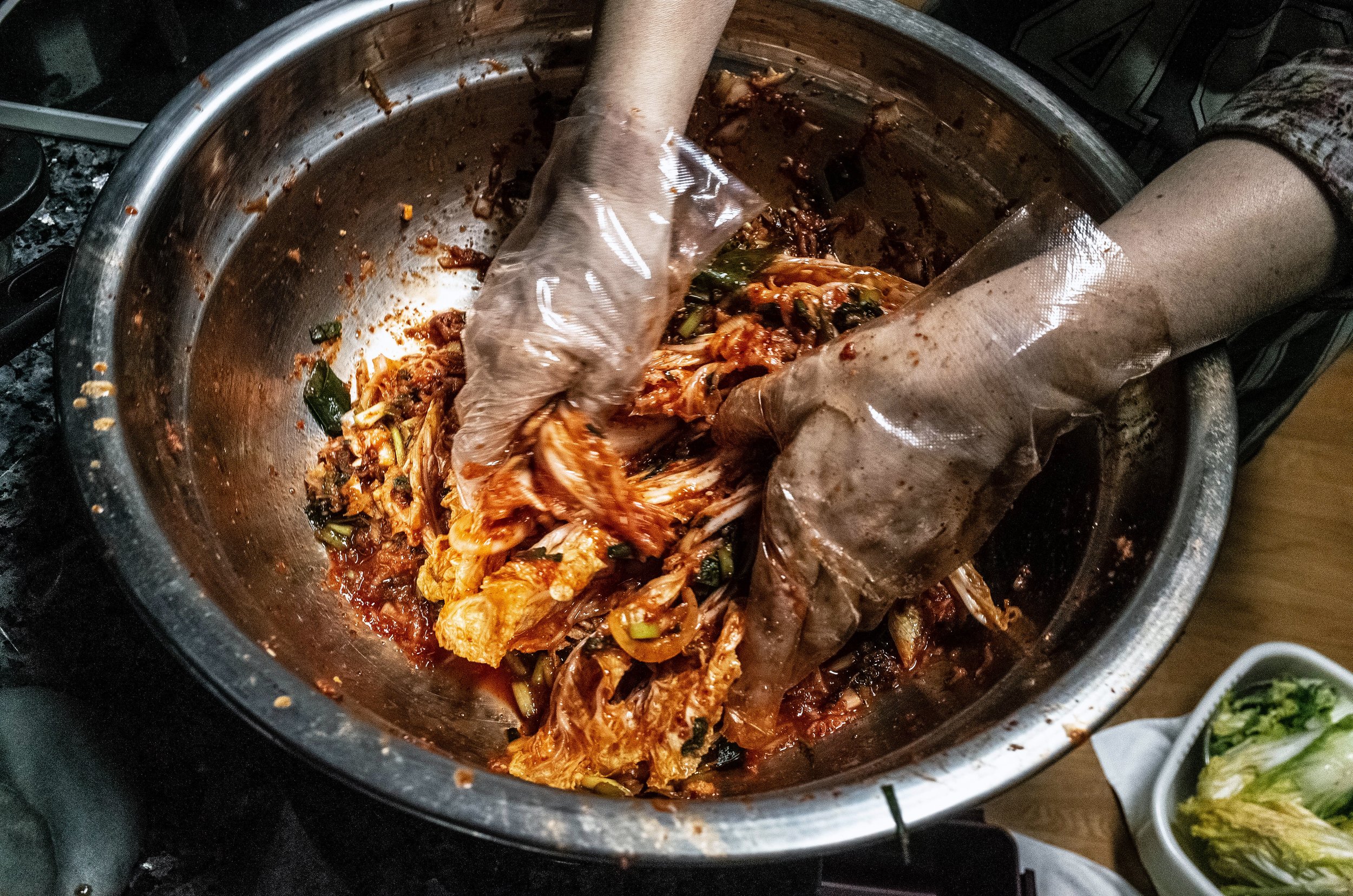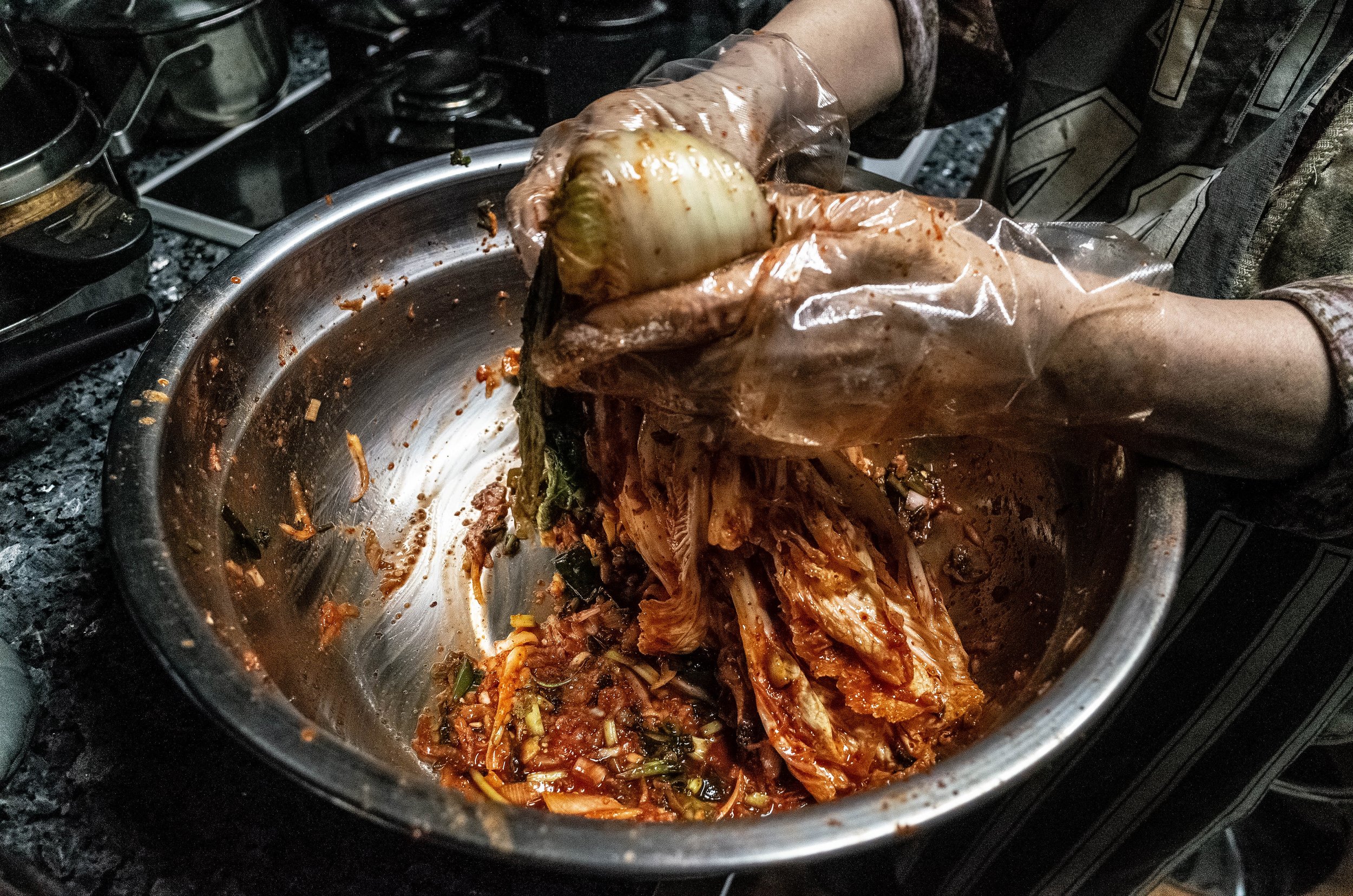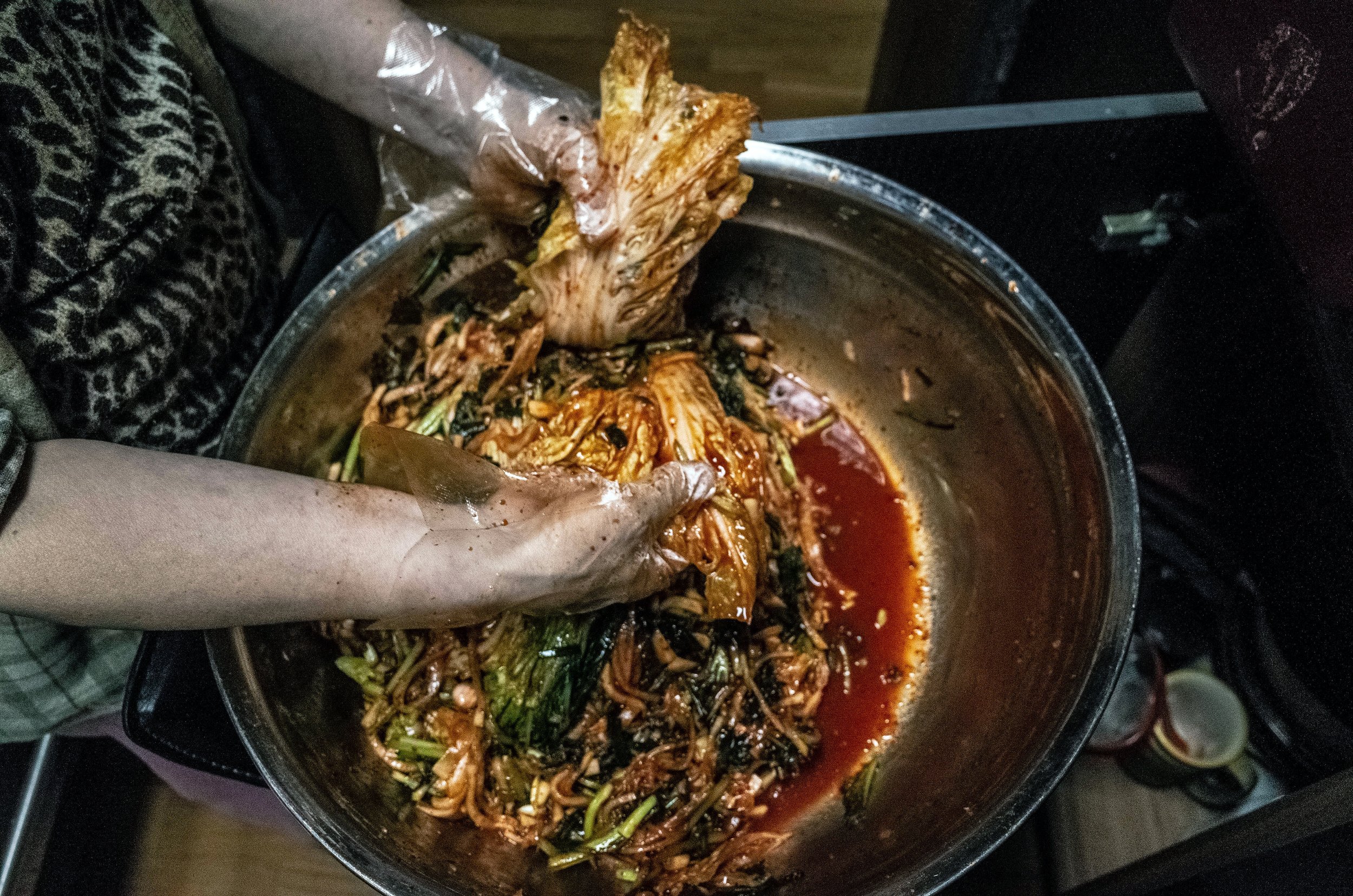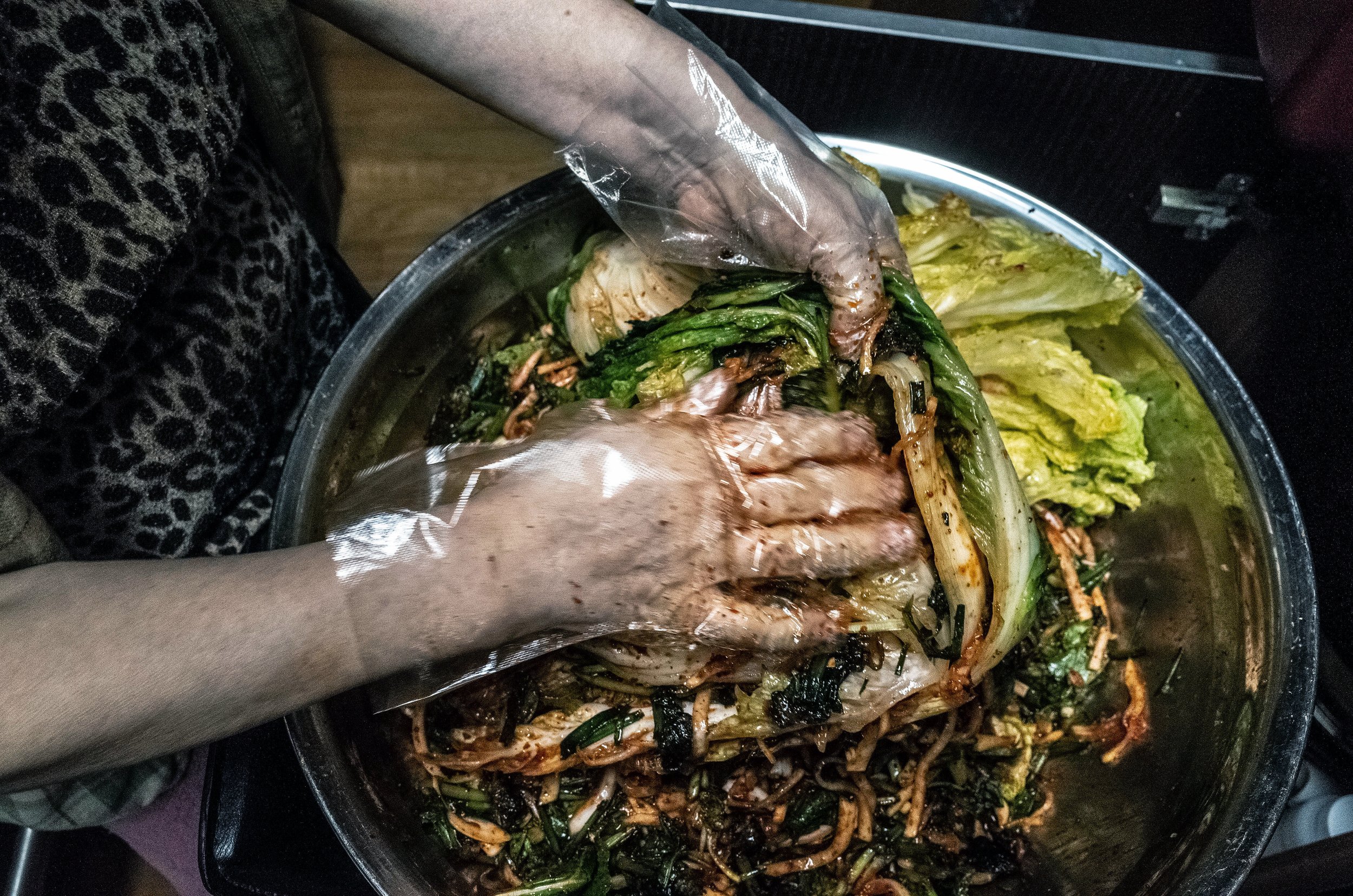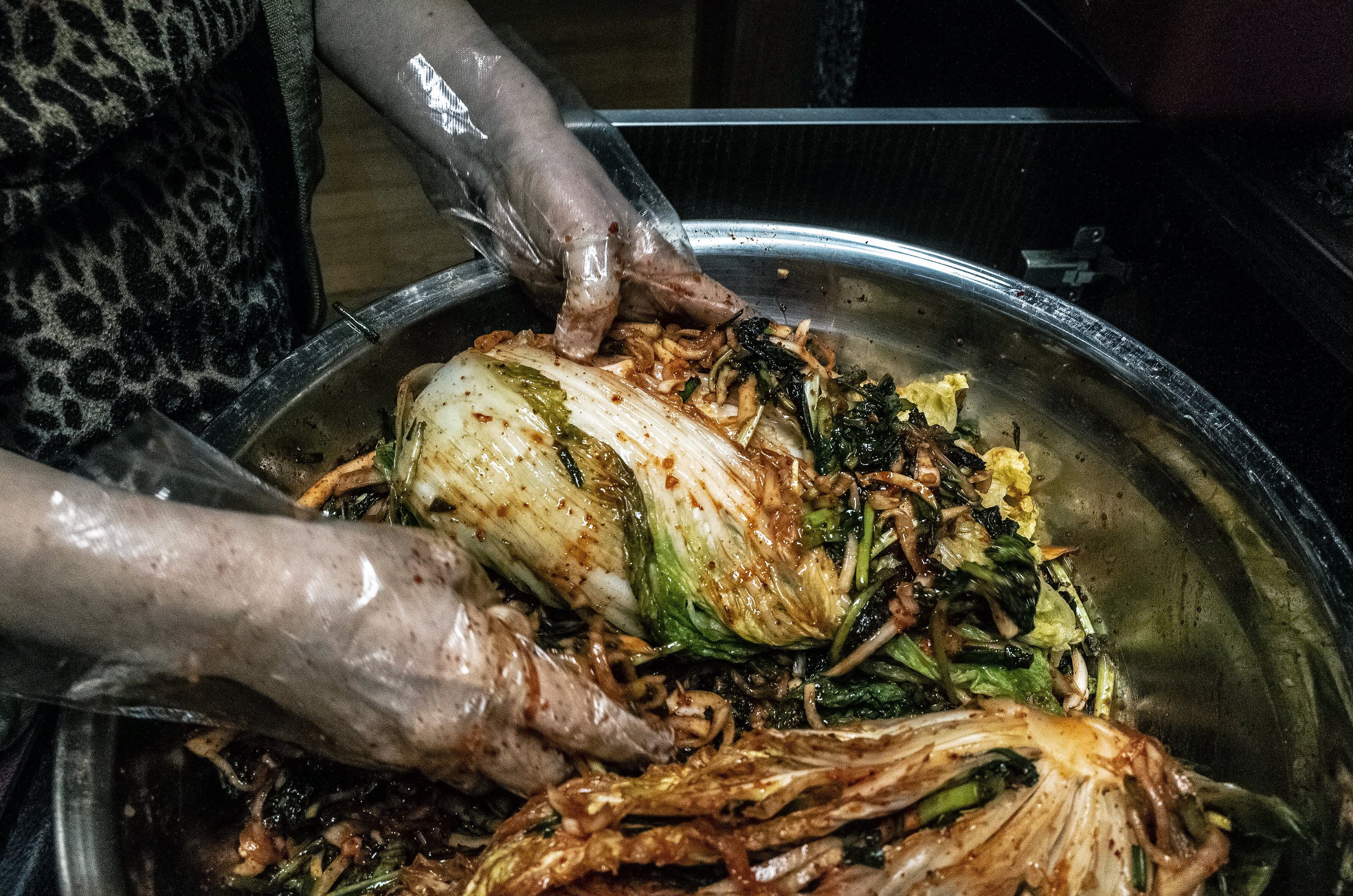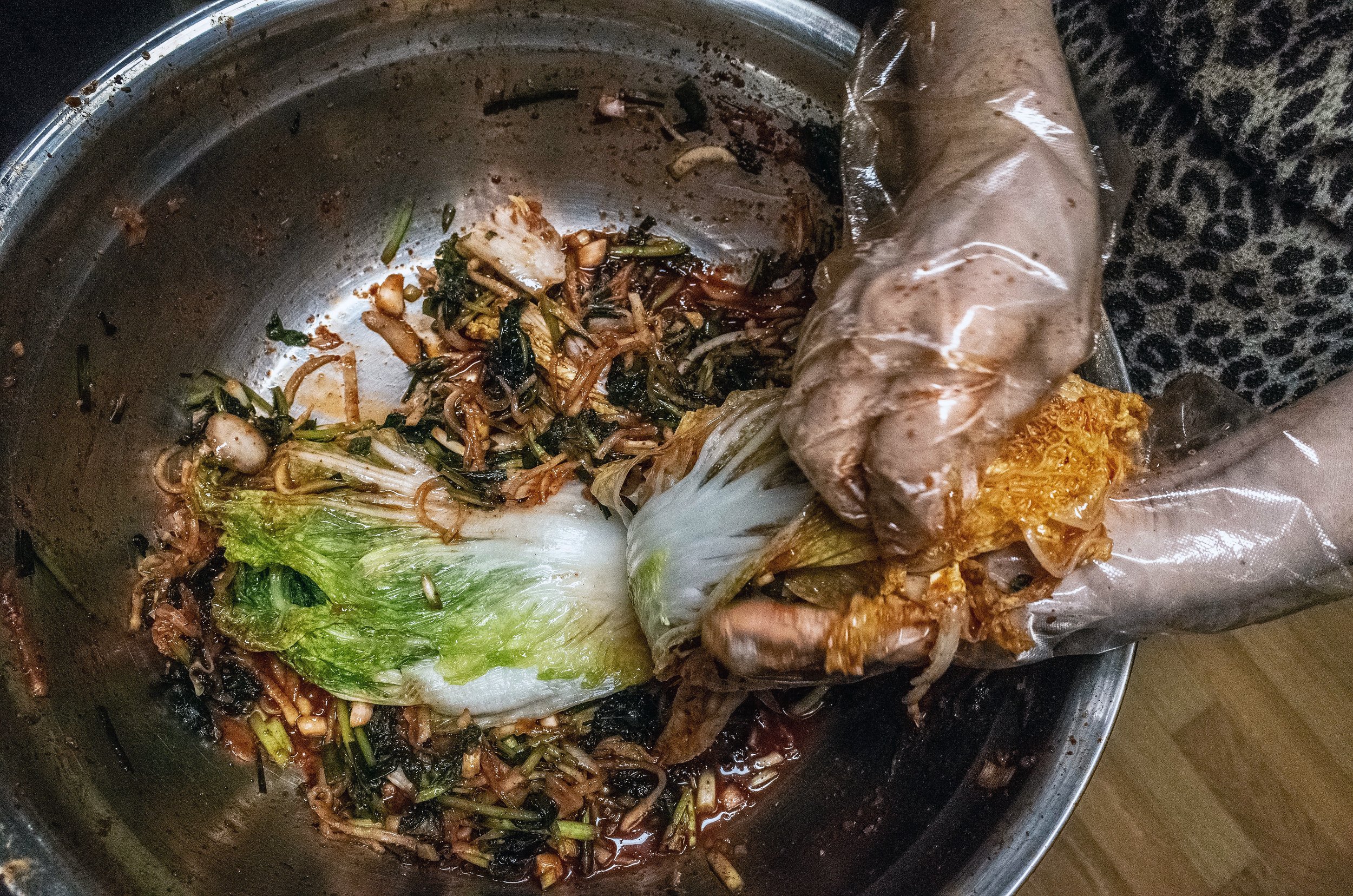Operation Winter Kimchi
by Michael Kennedy
Kimchi
I’m a part-time nomad, and these days I reside in Seoul.
During my youth when I lived in St. Louis, the point of origin for T.S. Elliot, WilliamnBurroughs and Chuck Berry, the mile-wide Mississippi River was the background to everything.
My earliest influence was the writing of Samuel Clemens in his persona of Mark Twain, who grew up on the Mighty Mississippi, just 90-miles north of St. Louis. For the longest time, my only ambition was to be like Huck Finn and escape the accountant’s truth, to “light out for The Territory” and find a world that made sense.
For now I have found that world on the nearly mile-wide Han River in Seoul with my Korean wife.
It’s a long way from St. Louis-to-Seoul, and an even longer way from working briefly as a cowhand one cold February in south-central Montana with cattle rancher Don Kampfe and eating some of the best steaks in the American west-to-the life of retirement in Seoul, a city of 10-million plus people, and eating some of the best vegetarian food in this part of the Orient.
A leopard can change its spots.
“K” is for kimchi, and I have become a convert to the most traditional of Korean foods.
If it is November in this part of the world, it is time for Operation Winter Kimchi.
Each year my wife swears she’s getting too old for this project – yet there is tradition and the family recipe that has been handed down among the women in her family for generations.
My wife claims that many of her friends have passed the torch to their daughters – or thrown down some serious money for kimchi at the pricey food section of the Hyundai Department Store (there are 10 in the city). Yet the relationship between a Korean woman from the 1950s and earlier – and the kitchen is serious business.
Nonetheless, this is a Ricoh GR II photo essay of Operation Winter Kimchi from our kitchen with a view of the Han River and the National Assembly in the background. A dedicated street photographer cannot pursue the passion on an empty stomach. Besides, there is more to life than the call of the street.
For a background on the history of kimchi, and first-rate recipes in world-class cookbooks – the kind one would expect from M.F.K. Fisher, (1908-1992), the American writer whose artful personal essays about food created a genre, “get thee to some on-line sources,” with a side dish of kimchi and some LA ribs.
Bon appetit.
Some essential materials for winter kimchi:
1. thin green onions and one thick stalk, kimchi cabbage, radish, sliced radish and cabbage in bowl atop sauce.
2. Kimchi cabbage with a vegetable mix of radish, garlic and green onions.
3. Close-up of green onions.
4. A mix of chili, radish, garlic, green onions and fermented fish sauce.
5. Close-up of the sauce.
The Process: Mixing everything together





